Exploring historic libraries is a journey through time, offering a glimpse into the rich heritage of knowledge and culture. These libraries, with their vast collections and stunning architecture, have preserved countless treasures and stories from the past. Whether you’re a history buff, a book lover, or an architecture enthusiast, visiting these remarkable libraries provides a unique and enriching experience. Here are 17 historic libraries around the world that you should explore.
The Library of Congress, USA
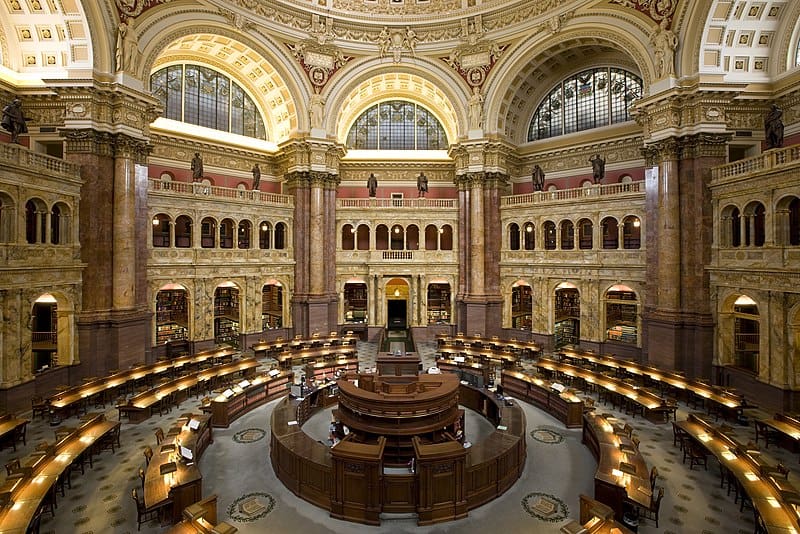
The Library of Congress in Washington, D.C., is the largest library in the world, with over 170 million items. Established in 1800, it houses a vast collection of books, manuscripts, maps, and photographs. The stunning Thomas Jefferson Building is an architectural marvel, featuring a grand reading room and intricate murals. The library’s mission is to support the Congress and preserve knowledge for future generations. Visitors can tour the building and view exhibitions on American history and culture.
The British Library, UK
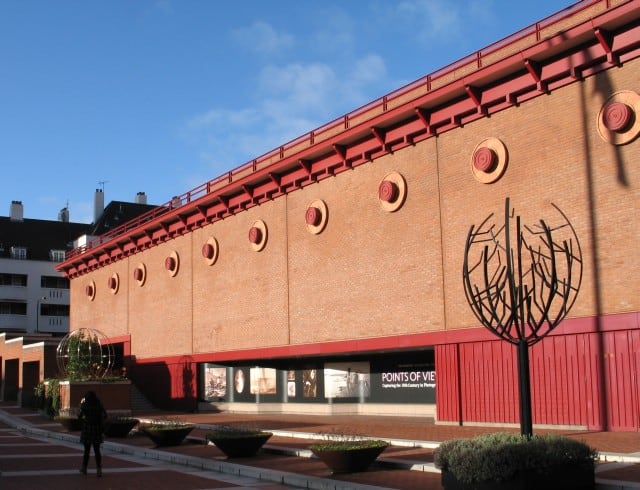
Located in London, the British Library is the national library of the United Kingdom and one of the most significant research libraries globally. Founded in 1973, it boasts over 170 million items, including the Magna Carta and original Beatles manuscripts. The library’s modern St Pancras building offers state-of-the-art facilities and public exhibitions. Its extensive reading rooms are a haven for researchers and academics. A visit to the British Library is a journey through centuries of human knowledge and creativity.
Bibliotheca Alexandrina, Egypt
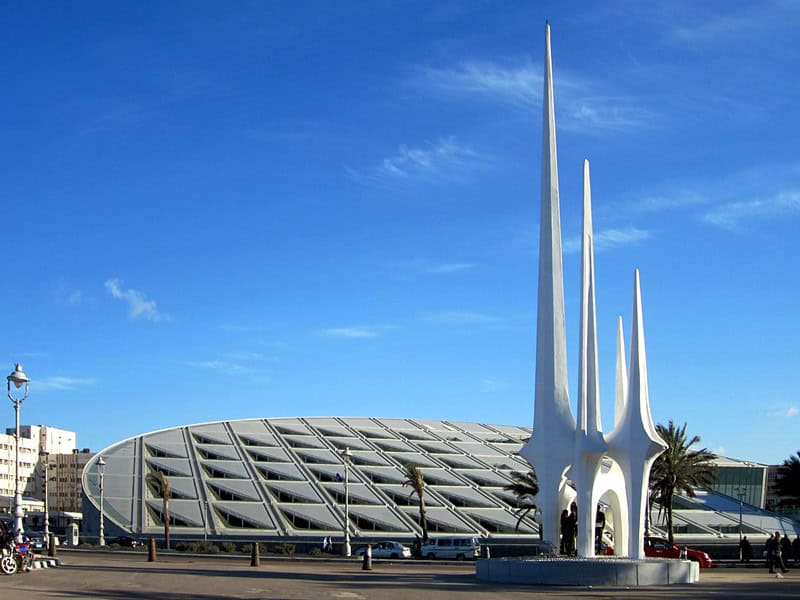
Reviving the ancient legacy of the Great Library of Alexandria, Bibliotheca Alexandrina opened in 2002 in Alexandria, Egypt. The contemporary structure features a unique, sloped design covered in inscriptions from various world languages. It houses millions of books and offers multiple specialized libraries, museums, and research centers. The library’s digital collections and cultural events make it a hub for education and enlightenment in the region. It stands as a testament to the enduring importance of knowledge and learning.
New York Public Library, USA
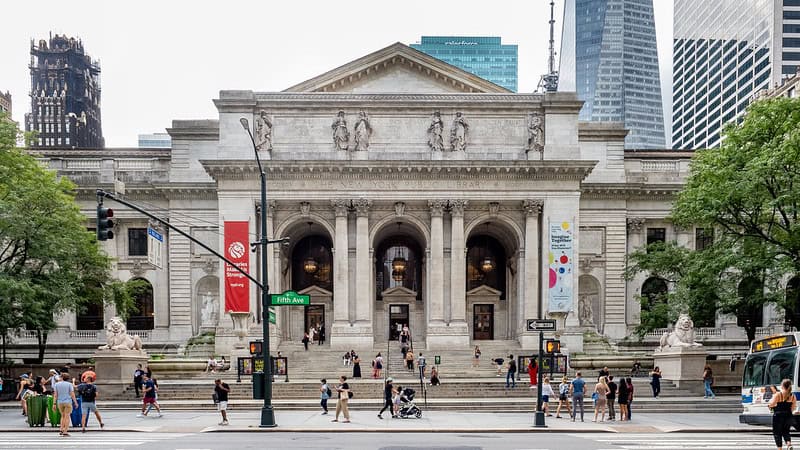
The New York Public Library (NYPL) is a landmark institution in the heart of Manhattan, known for its iconic lion statues, Patience and Fortitude. Established in 1895, the library system comprises 92 locations across New York City. The main branch, the Stephen A. Schwarzman Building, features stunning Beaux-Arts architecture and vast reading rooms. NYPL offers extensive collections, including rare books, maps, and historical documents. Its programs and exhibitions make it a vibrant cultural center for the city.
Stuttgart City Library, Germany

Stuttgart City Library, opened in 2011, is a modern architectural masterpiece in Stuttgart, Germany. Designed by Korean architect Eun Young Yi, the cubic structure features a striking white interior and a minimalist design. The library spans nine floors and offers extensive collections, multimedia resources, and cultural events. Its tranquil reading areas and rooftop terrace provide panoramic views of the city. The Stuttgart City Library is a beacon of contemporary design and a hub for community engagement.
National Library of China, China

Located in Beijing, the National Library of China is the largest library in Asia and one of the world’s largest national libraries. Founded in 1909, it holds over 37 million items, including ancient Chinese texts, historical documents, and foreign literature. The library’s modern facilities and digital resources make it a vital center for research and learning. Its collections offer a comprehensive view of China’s rich cultural heritage. The library also serves as a cultural venue, hosting exhibitions and academic conferences.
Trinity College Library, Ireland
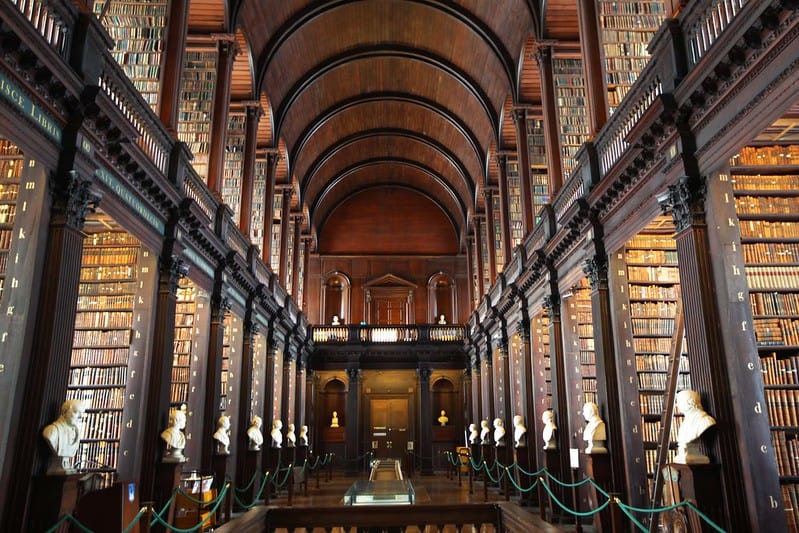
The Trinity College Library in Dublin, Ireland, is renowned for its stunning Long Room, which houses over 200,000 of the library’s oldest books. Founded in 1592, it is the largest library in Ireland and a legal deposit library for the United Kingdom. The library’s treasures include the Book of Kells, a beautifully illuminated manuscript dating back to the 9th century. Its historical collections and elegant architecture make it a must-visit destination for book lovers and historians. The library’s exhibitions and public tours provide insight into Ireland’s literary heritage.
Bibliothèque nationale de France, France
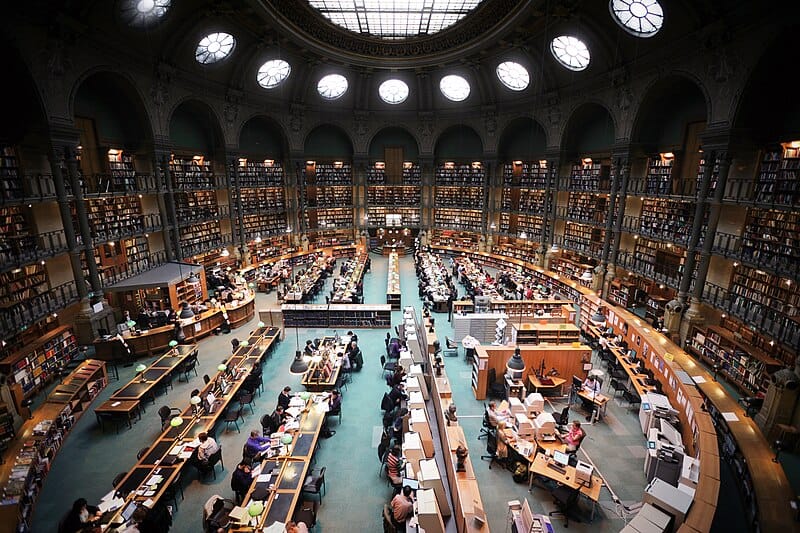
The Bibliothèque nationale de France (BnF) in Paris is the national library of France, founded in 1368. It boasts an extensive collection of over 40 million items, including books, manuscripts, maps, and prints. The library’s Richelieu site features magnificent reading rooms and a vast array of historical documents. The François-Mitterrand site, a modern complex, offers state-of-the-art facilities and public exhibitions. BnF is a cornerstone of French culture and a center for scholarly research and public education.
Royal Portuguese Reading Room, Brazil
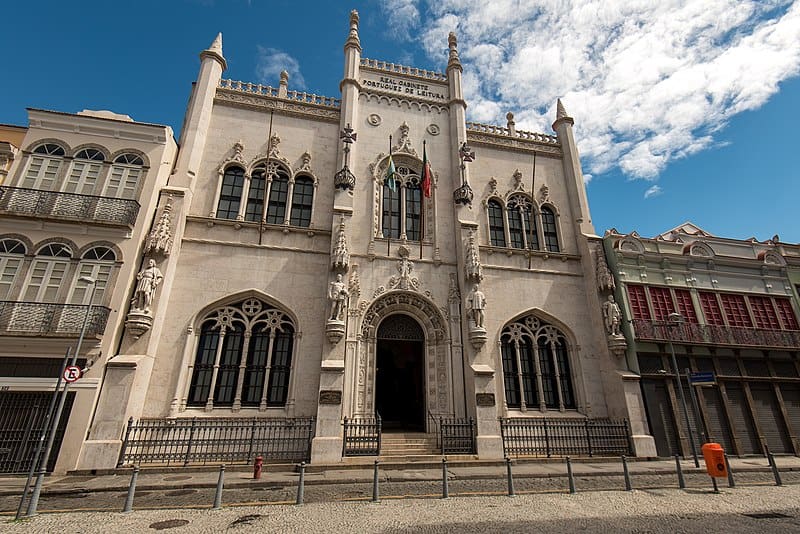
The Royal Portuguese Reading Room in Rio de Janeiro, Brazil, is a hidden gem known for its stunning Gothic-Renaissance architecture and rich collections. Established in 1837 by Portuguese immigrants, it houses over 350,000 volumes, including rare books and manuscripts. The library’s opulent interior features ornate wooden bookshelves and a magnificent chandelier. Its collections focus on Portuguese literature and history, making it a cultural haven for the Lusophone community. Visitors can marvel at its beauty and delve into its literary treasures.
Strahov Monastery Library, Czech Republic
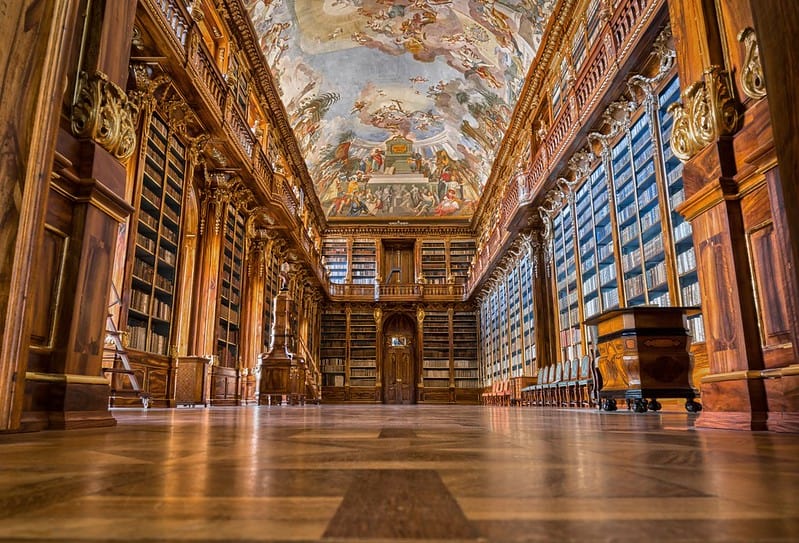
The Strahov Monastery Library in Prague, Czech Republic, is a baroque masterpiece established in 1679. It comprises two stunning halls: the Theological Hall and the Philosophical Hall, adorned with frescoes and intricate woodwork. The library holds over 200,000 volumes, including rare medieval manuscripts and early prints. Its collections reflect the rich intellectual and religious heritage of the region. The Strahov Library’s breathtaking beauty and historical significance make it a must-see for visitors to Prague.
John Rylands Library, UK
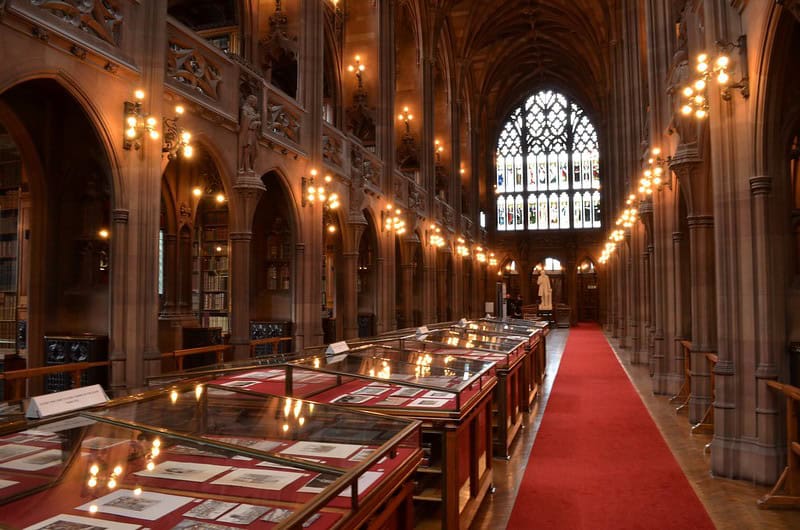
The John Rylands Library in Manchester, UK, opened in 1900 and is renowned for its neo-Gothic architecture and extensive collections. It was founded by Enriqueta Rylands in memory of her husband, John Rylands. The library houses rare books, manuscripts, and archival materials, including the oldest known fragment of the New Testament. Its grand reading room and ornate interiors are a testament to Victorian design and craftsmanship. The John Rylands Library is a center for academic research and public engagement.
Rijksmuseum Research Library, Netherlands
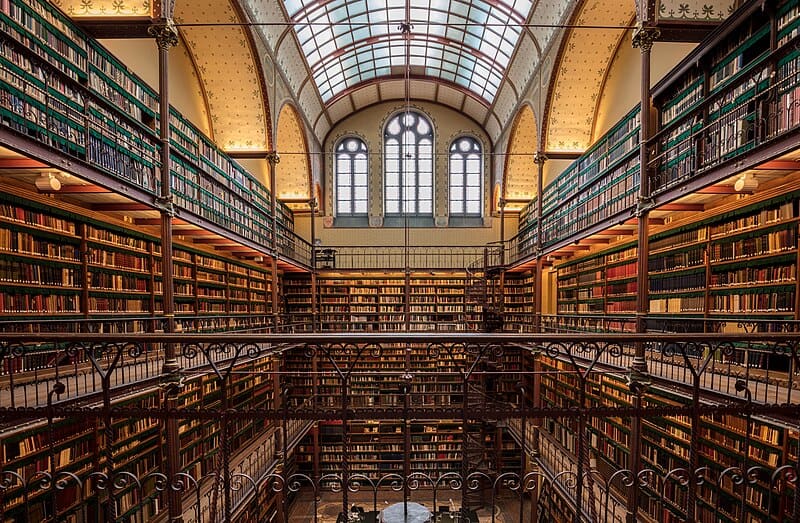
The Rijksmuseum Research Library in Amsterdam, Netherlands, is the largest art history library in the country. Founded in 1885, it serves as a vital resource for scholars and art enthusiasts. The library’s collections include over 400,000 volumes on art, history, and culture, with a focus on Dutch art. Its elegant reading rooms and digital resources provide a serene environment for study and research. The Rijksmuseum Library’s proximity to the museum’s collections enhances its role as a center for art historical scholarship.
George Peabody Library, USA
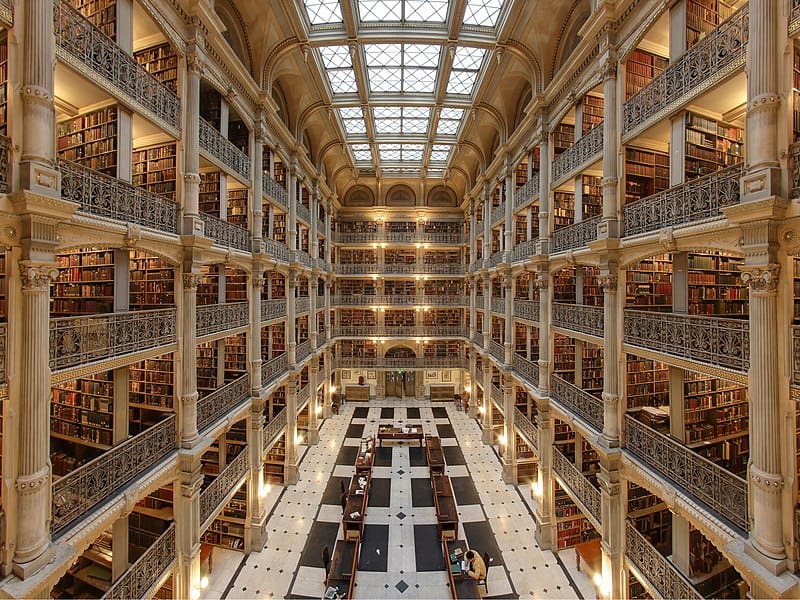
The George Peabody Library in Baltimore, Maryland, is a stunning example of 19th-century library design. Established in 1857, it is part of the Johns Hopkins University and features a breathtaking five-story atrium with cast-iron balconies. The library’s collections focus on 19th-century publications, including rare books and historical documents. Its elegant architecture and serene atmosphere make it a popular venue for events and weddings. The George Peabody Library is a cultural and educational gem in the heart of Baltimore.
Austrian National Library, Austria
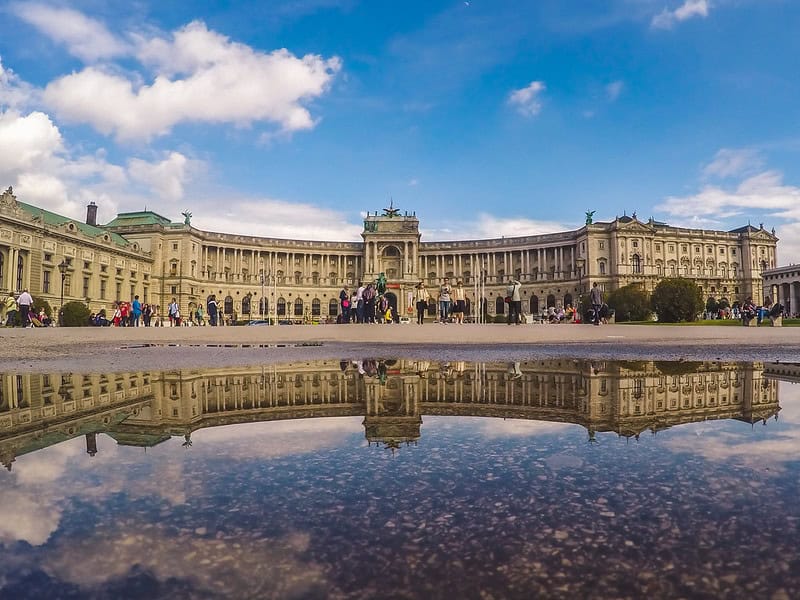
The Austrian National Library in Vienna, Austria, is one of the world’s most beautiful libraries, established in 1368. Its Baroque State Hall, completed in 1726, features ornate frescoes and marble statues. The library’s collections include over 12 million items, from ancient manuscripts to modern publications. It serves as the nation’s central research library and a cultural landmark. Visitors can explore its historical collections and admire the grandeur of its architecture.
St. Gallen Abbey Library, Switzerland
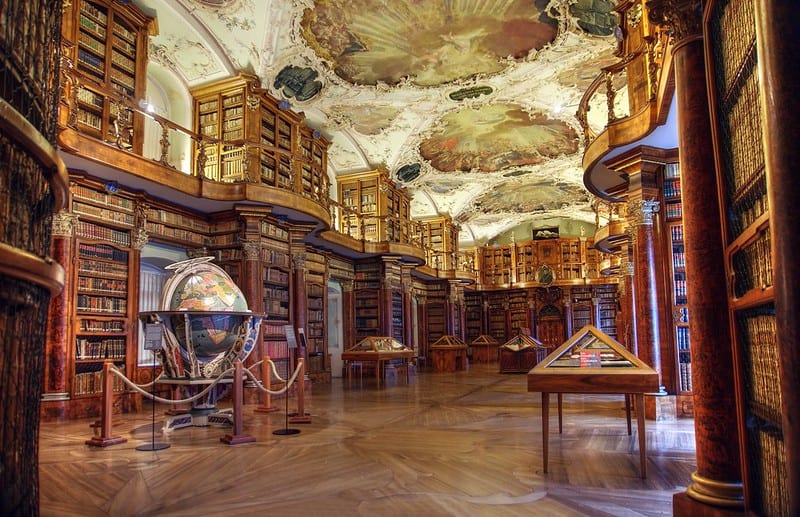
The Abbey Library of Saint Gall in Switzerland is one of the oldest monastic libraries in the world, founded in the 8th century. Its Rococo-style library hall, completed in 1758, is adorned with intricate wood carvings and frescoes. The library holds over 170,000 volumes, including medieval manuscripts and early prints. It is part of the UNESCO World Heritage Site of the Abbey of St. Gall. The library’s rich history and stunning interior make it a must-see for visitors to Switzerland.
National Library of Sweden, Sweden

The National Library of Sweden, or Kungliga biblioteket, located in Stockholm, is the national library and archive of Sweden. Founded in 1661, it holds extensive collections of Swedish literature, historical documents, and audiovisual materials. The library’s modern facilities and digital resources support research and public access. Its historical collections offer a comprehensive view of Sweden’s cultural heritage. The library also hosts exhibitions and events, making it a dynamic cultural institution.
El Escorial Library, Spain
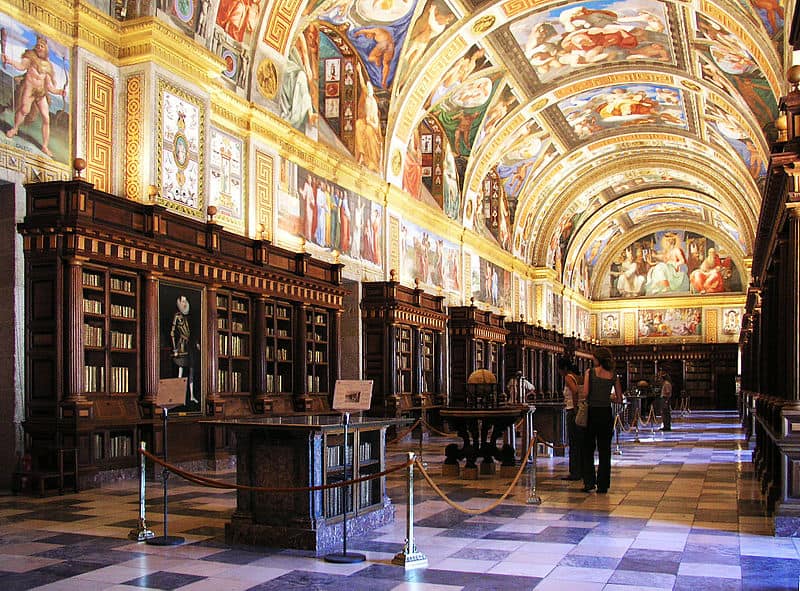
The Royal Library of El Escorial, located in the Monastery of El Escorial near Madrid, Spain, is a Renaissance gem founded in the 16th century. The library’s stunning vaulted ceiling features frescoes depicting the liberal arts. It houses over 40,000 volumes, including rare manuscripts and early printed books. The library’s design and collections reflect the intellectual aspirations of the Spanish Golden Age. Visitors can explore its rich historical collections and admire its architectural splendor.
This article originally appeared on Rarest.org.
More From Rarest.Org
The Mediterranean is home to some of the world’s most breathtaking islands, each offering a unique blend of natural beauty, rich history, and vibrant culture. From the stunning cliffs of Santorini to the unspoiled beaches of Menorca, these islands captivate travelers with their picturesque landscapes and enchanting atmospheres. Read more.
Wolves are among the most fascinating and diverse animals in the wild, with various species and subspecies adapted to different environments across the globe. While many people are familiar with the iconic gray wolf, there are several lesser-known species that are equally intriguing and unique. Read more.
Amphibians have thrived on Earth for millions of years, yet many species are now teetering on the brink of extinction. Human activities such as habitat destruction, pollution, climate change, and disease have significantly impacted their populations. Read more.



